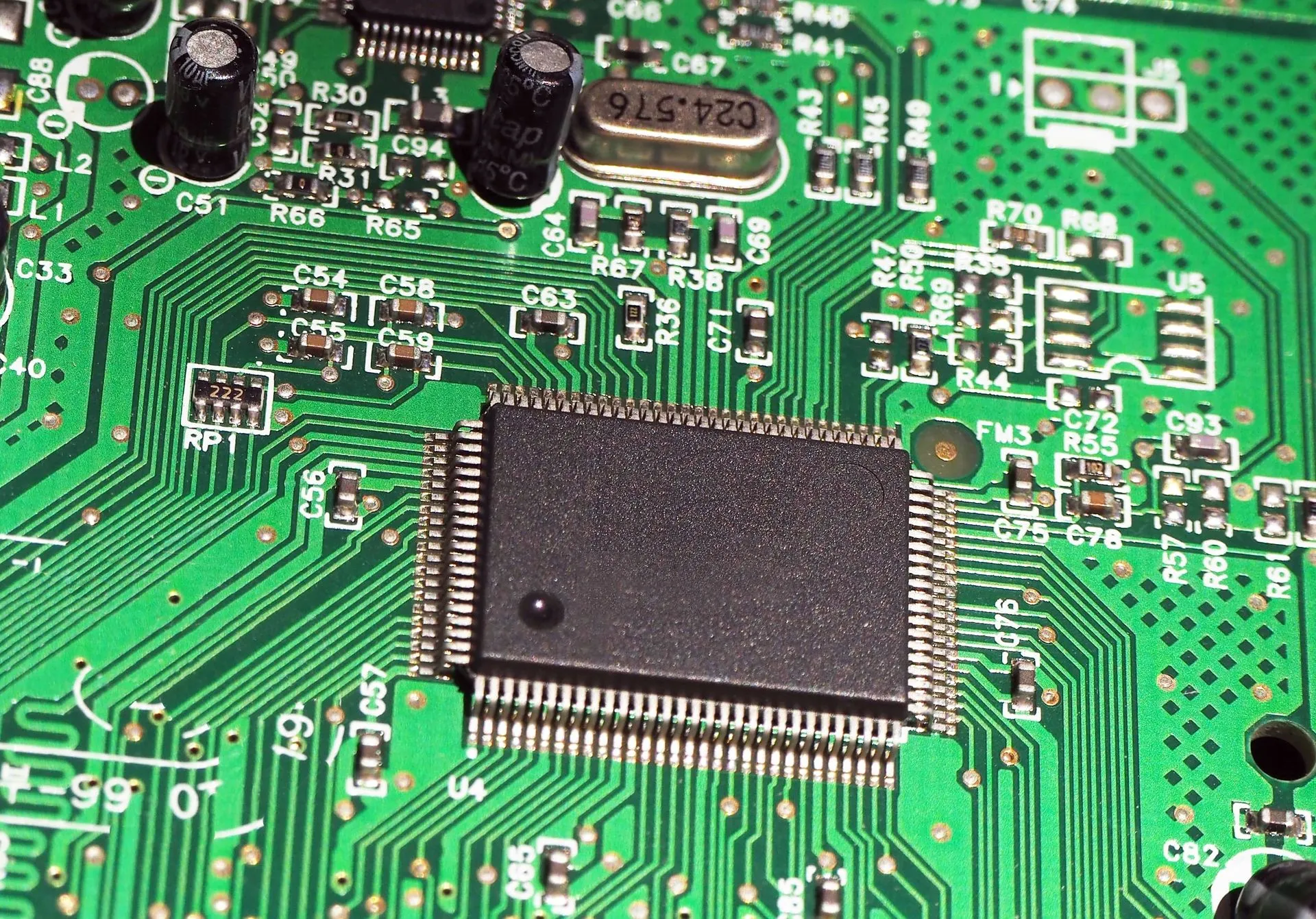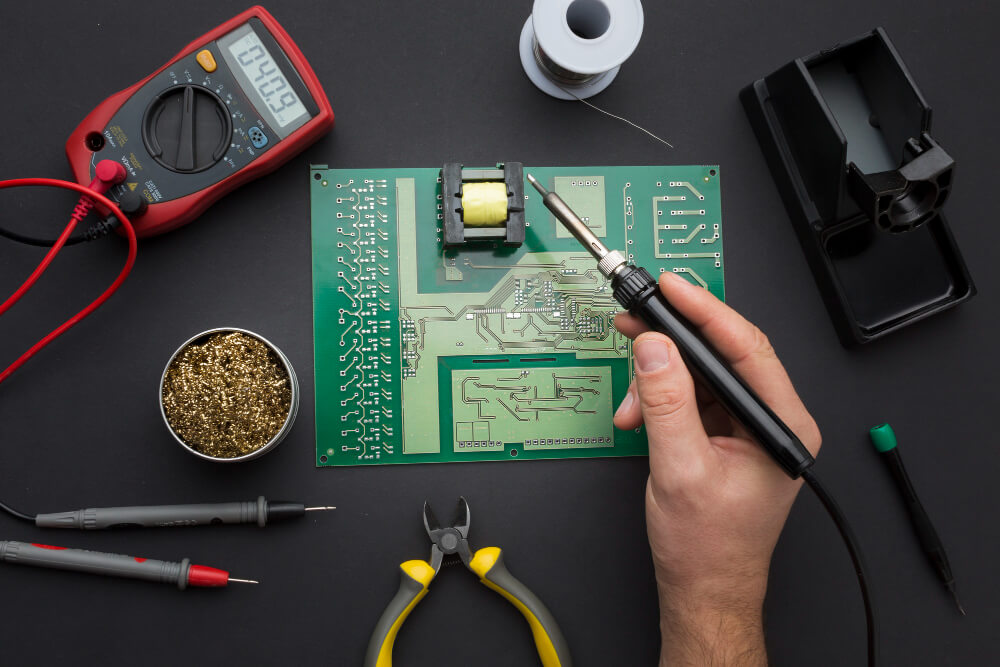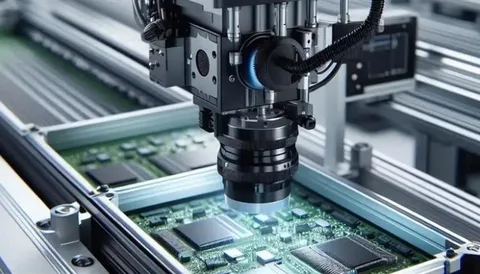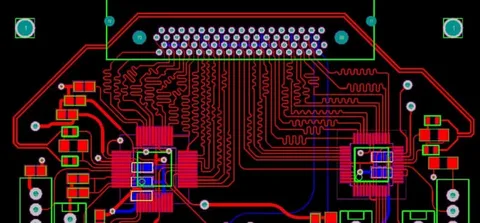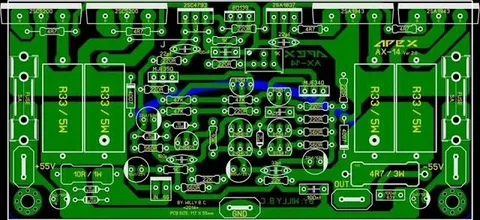In today’s fast-paced and competitive business environment, reducing time-to-market is crucial for companies looking to gain a competitive edge. Qual-Pro understands the significance of delivering high-quality products efficiently, and one of the most effective ways to achieve this is through NPI and Prototyping. New Product Introduction (NPI) and prototyping play a vital role in ensuring that products are developed, tested, and refined before they reach the market, minimizing delays and optimizing production.
Understanding NPI and Prototyping
NPI and Prototyping refer to the structured process of bringing a new product from the concept phase to full-scale production. It involves several key stages, including design, prototyping, testing, validation, and manufacturing. This approach allows companies to identify potential issues early, improve design efficiency, and ensure that the final product meets market expectations. By implementing NPI and Prototyping, businesses can streamline development, enhance product quality, and accelerate time-to-market.
How NPI and Prototyping Reduce Time-to-Market
Early Detection of Design Flaws
One of the primary benefits of NPI and Prototyping is the early identification of design flaws. By creating prototypes and testing them rigorously, companies can detect and rectify design issues before they escalate into costly problems during production. This proactive approach minimizes delays and ensures a smoother transition from development to manufacturing.
Enhanced Collaboration Between Teams
NPI processes involve cross-functional collaboration between engineers, designers, and manufacturers. Effective communication between these teams helps identify potential bottlenecks early, streamline workflow, and facilitate faster decision-making. With NPI and Prototyping, teams can work together to optimize designs, reduce iteration cycles, and speed up product development.
Improved Cost Efficiency
Developing a product without prototyping can lead to unexpected costs due to design modifications and production errors. NPI and Prototyping help mitigate these risks by allowing companies to test and refine products before committing to full-scale production. This reduces the chances of expensive rework, material waste, and production downtime, ultimately leading to cost savings.
Faster Regulatory Compliance and Certification
Many industries require strict adherence to regulatory standards and certifications. The NPI and Prototyping process ensures that all necessary compliance requirements are met early in the development cycle. By addressing regulatory concerns during prototyping, businesses can avoid last-minute compliance issues that could delay product launches.
Increased Market Responsiveness
In a rapidly evolving market, businesses need to be agile and responsive to changing consumer demands. NPI and Prototyping enable companies to quickly adapt designs based on market feedback and emerging trends. This flexibility allows businesses to stay ahead of the competition and launch innovative products faster.
Steps Involved in NPI and Prototyping
Concept Development
The first step in the NPI and Prototyping process involves brainstorming and developing initial product concepts. This stage includes market research, feasibility studies, and defining product specifications to ensure that the idea aligns with consumer needs and business goals.
Design and Engineering
Once the concept is finalized, the design and engineering phase begins. This step involves creating detailed blueprints, selecting materials, and developing a digital prototype using CAD (Computer-Aided Design) software. Engineers work closely with designers to ensure functionality, aesthetics, and manufacturability.
Prototyping and Testing
Prototyping is a critical phase where a physical model of the product is created. This allows teams to test the product’s performance, durability, and usability. Various prototype iterations are developed and refined based on feedback and test results, ensuring that the final design meets all required specifications.
Pilot Production
Before full-scale manufacturing, a pilot production run is conducted to test the production process. This stage helps identify any issues with manufacturing techniques, assembly procedures, and supply chain logistics. Pilot production ensures that mass production will run smoothly with minimal disruptions.
Product Launch
After successful pilot production and quality assurance, the product is ready for market launch. With a well-executed NPI & Prototyping process, businesses can confidently introduce their products, knowing they have been rigorously tested and optimized for success.
Conclusion
Incorporating NPI and Prototyping into the product development process is essential for reducing time-to-market and ensuring product quality. By identifying design flaws early, improving collaboration, enhancing cost efficiency, and streamlining regulatory compliance, businesses can gain a competitive advantage in the market.

